The Most Dangerous Animals in Australia
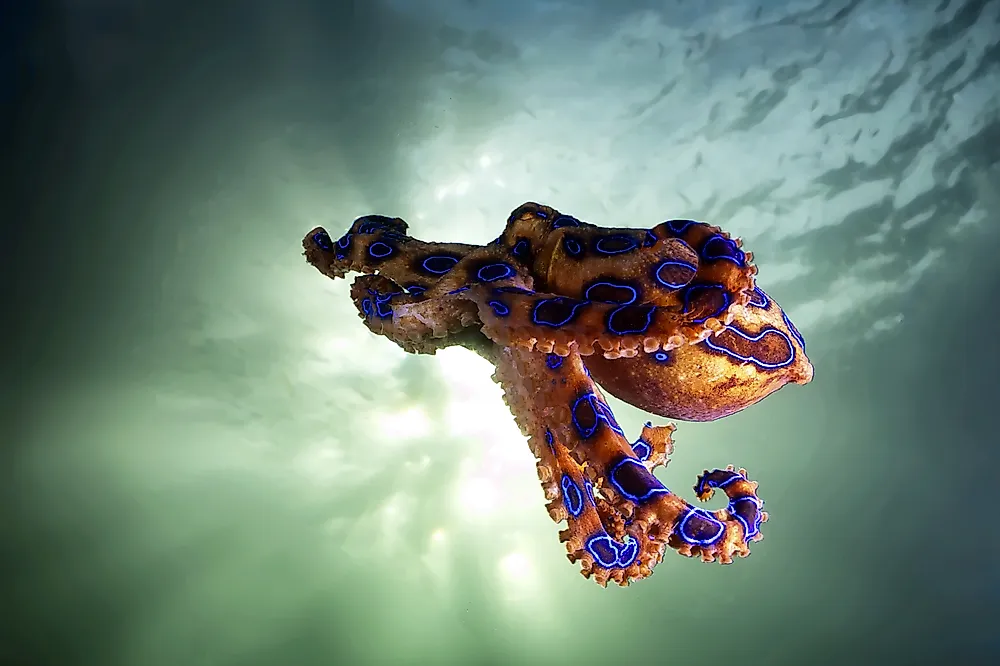
Australia is a little slice of paradise sandwiched between the Indian and Pacific Ocean. It has some of the most beautiful landscapes and seascapes in the world. Thanks to the Mother Nature, the continent is isolated from the rest of the world, making it a unique place with animals that are rare in other parts of the world. Australia has a reputation for its deadly animals, and these ten terrifying creatures suggest why this may be the case.
10. Death adder
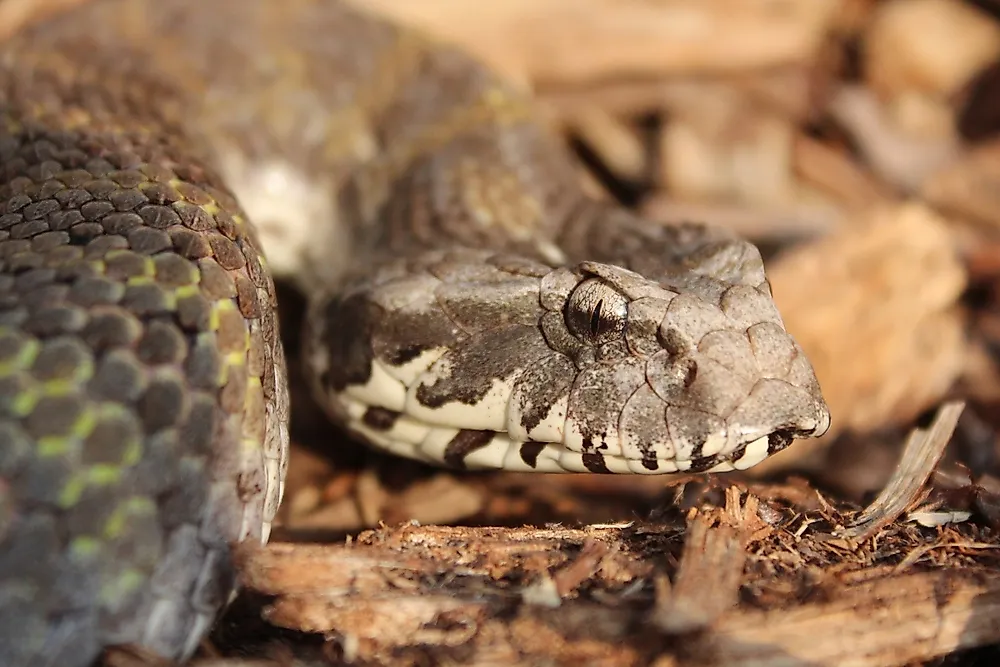
The death adder is one of the most venomous snakes in the world. It is very viper-like in appearance, with a short, robust body and a triangular shaped head. It has long fangs that can penetrate deeply into the victim’s flesh. Rather than hunting, the Death Adder lies in ambush and relies on camouflaging rather than evasion for protection. When threatened, snake freezes rather than slink off, making it easy to bite someone walking through a bushy area and step on one. It injects about 40-100 mg of venom with a bite. The bite can cause paralysis or even death within six hours by completely shutting down the respiratory system.
9. Bull shark
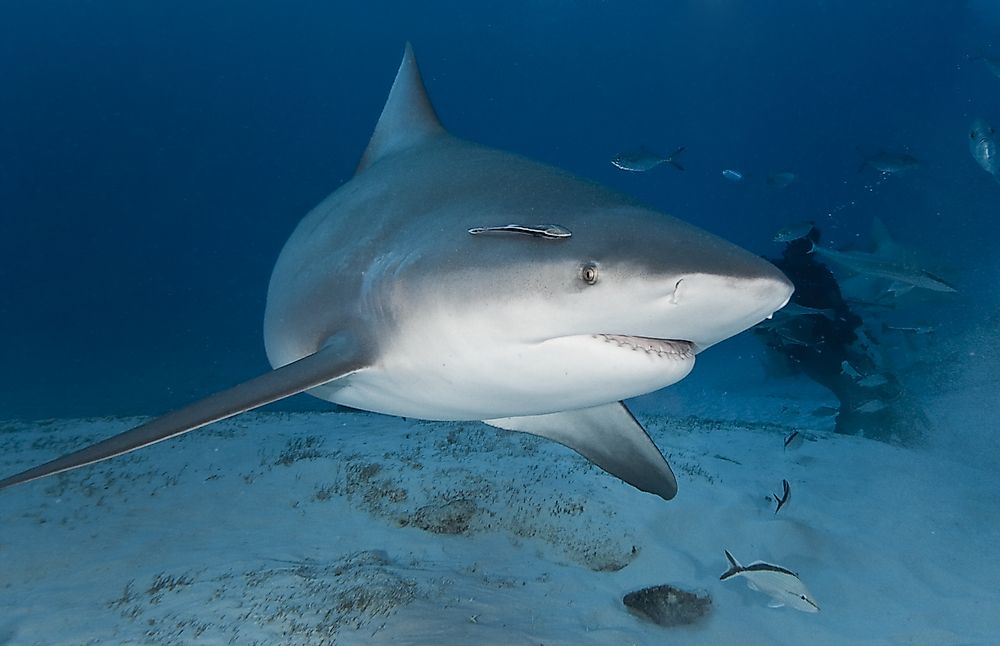
Bull Shark is found worldwide in warm, shallow waters in the rivers or along the coastal areas. it is an aggressive animal that can survive in both salt and fresh water and can travel a long distance in water. A bull shark can be 2.7 feet long at birth and may average 7.9 feet when fully grown. It is wider and heavier than requiem shark. It has a bite force of about 1,330 lbf, the highest among all fish. The bull shark is a good scavenger as well as a predator. The pain from its bite can cause death within a few hours if no treatment is administered.
8. Box jellyfish
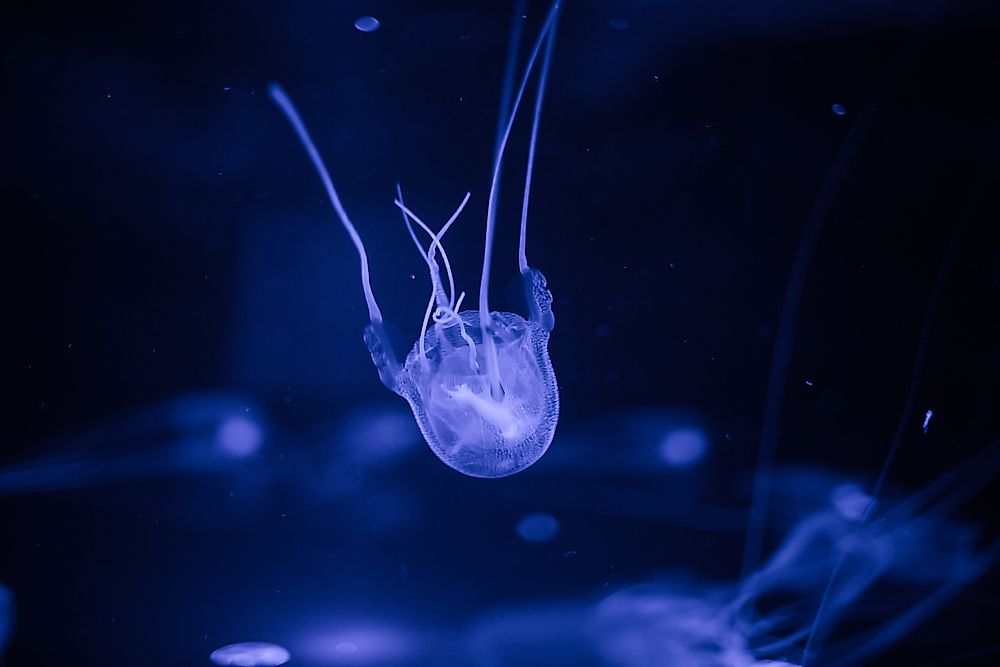
Box jellyfish is distinguished by its cube-shaped medusa. The medusa has a squarish, box-like bell with a short pendulum that bears tentacles hanging from each of the corners. The tentacles can reach 9.8 feet in length. A fully grown box jellyfish can weigh up to 4.4 pounds. Box jellyfish are visually guided and also a fast directional swimmer. Their complex nervous system supports their advanced sensory system. They are mainly found in Northern Australia, especial during the warm months when there are a lot of swimming activities. Box jellyfish are highly dangerous and its stings are unbelievably painful. Its venom immobilizes the nerves and may cause cardiac arrest.
7. Flying fox
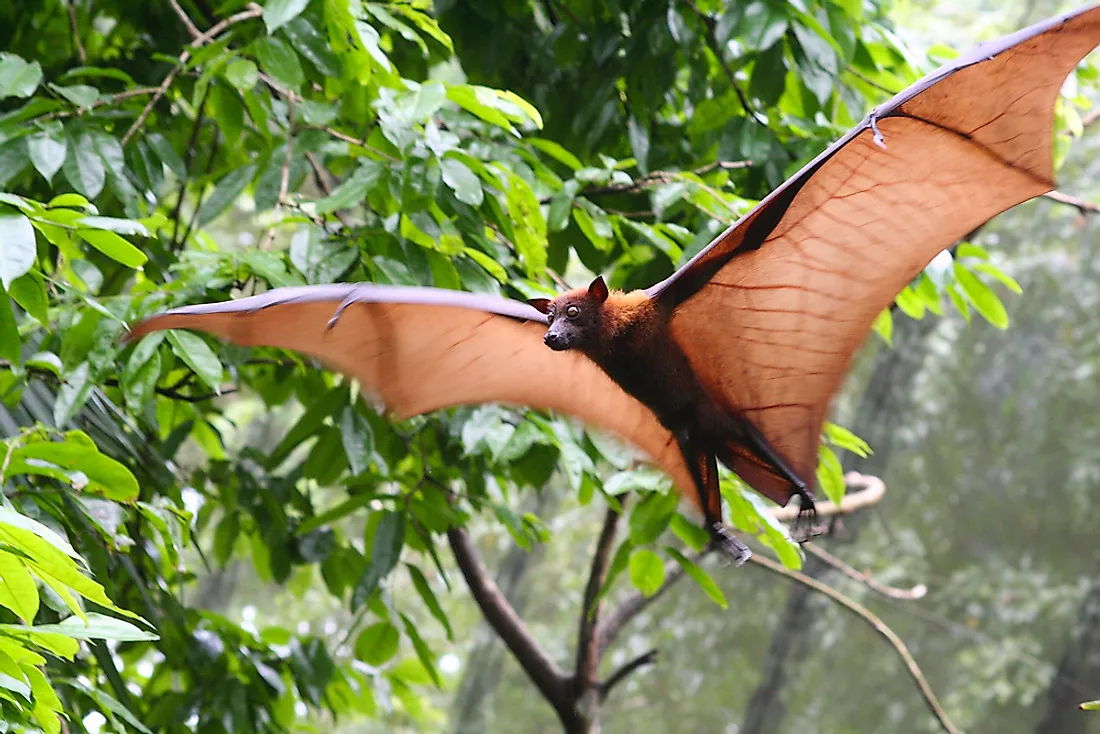
Flying foxes are some of the largest bats in the world. They have well-developed smell and eyesight but feed primarily on nectar since they lack the ability to catch prey midair. Flying fox has a wingspan of up to 4 feet and may weigh 0.24-0.54 pounds. It has a long and silky pelage with dense underfur. The head resembles that of a small fox due to the presence of ears and large eyes. The flying fox does not have a tail and instead uses its hind feet to hold a branch. It uses one of the hind feet to draw food into the mouth.
6. Python
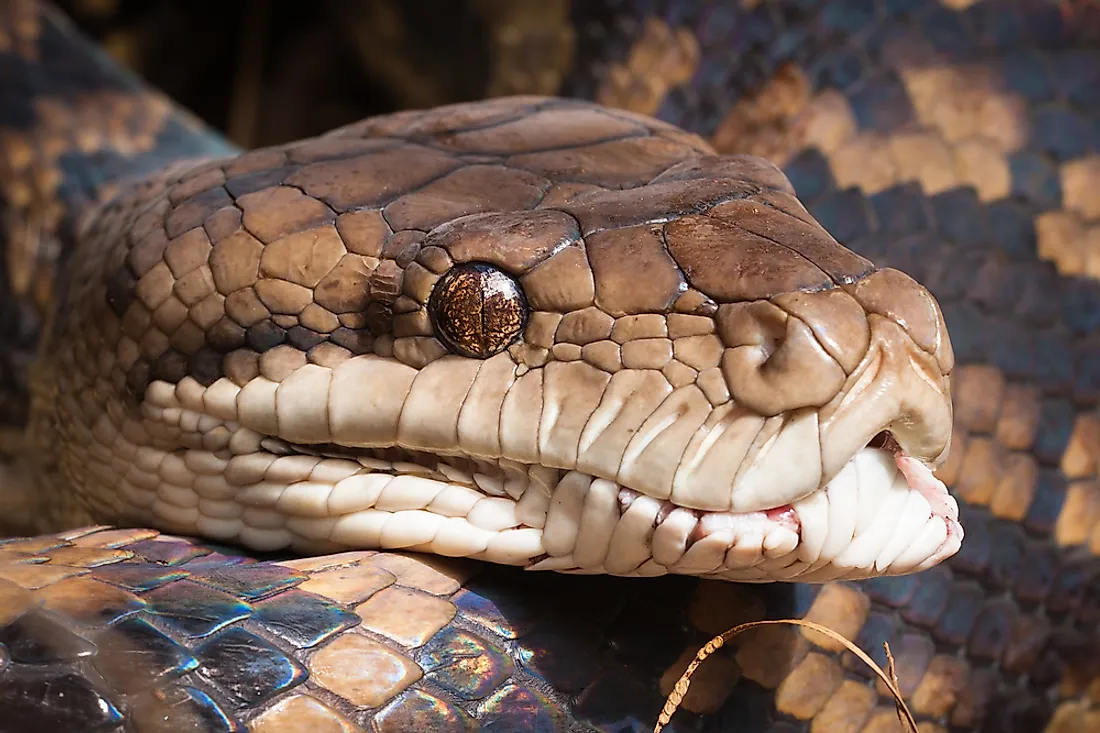
The python is among the largest snakes in the world. It is an ambush predator that remains motionless in a camouflaged position and strikes the passing prey suddenly. A python does not strike human beings unless provoked or startled. Pythons have sharp, backward-curving teeth that are used to grasp prey. It kills its prey by constriction by wrapping itself around the prey. Large pythons eat large foods the size of a deer or a goat. The prey is swallowed whole and may take several weeks to digest. An egg laying female python is more aggressive, especially while protecting its eggs. Despite the dangers, pythons are kept as pets and in captivity.
5. Tarantula
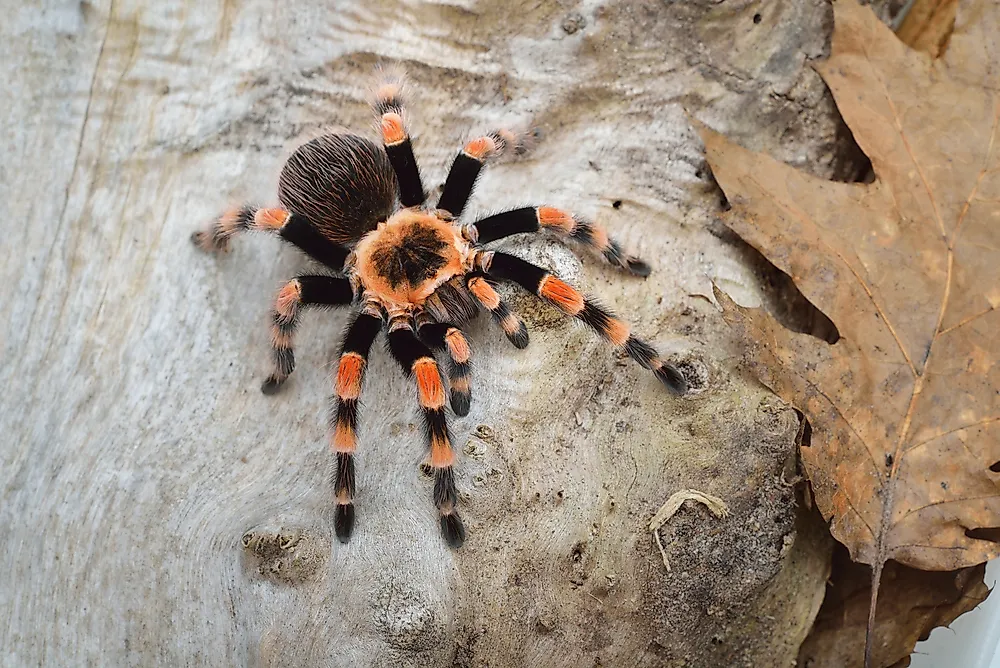
The tarantula is a large and hairy spider that relies on an exoskeleton for muscular support. The body comprises of two sections, cephalothorax and abdomen connected by a pedicel. Tarantulas’ sizes range from 1 to 4 inches with a leg span of 3-12 inches. The spider is fearsome and dangerous, one of the most venomous spiders on earth. Its bite causes serious discomfort that might last for days or even weeks. Before biting, the spider signals its intention to bite by rearing up into a threat posture, which may involve raising the cephalothorax and lifting the front leg. It may also give a “dry bite” without pumping venom into the body of the victim.
4. Australian paralysis tick
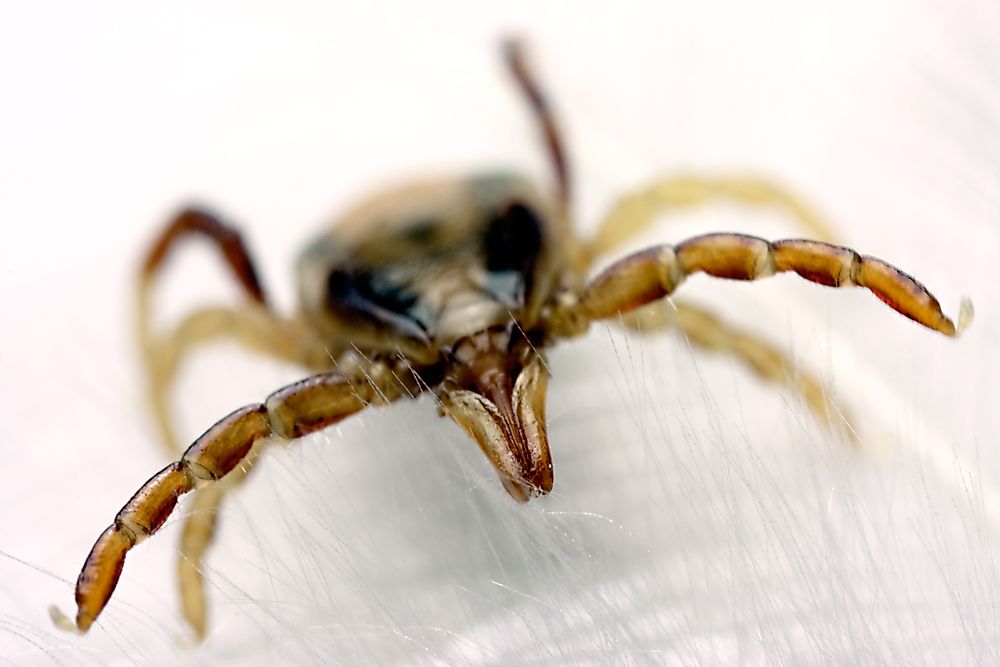
The Australian paralysis tick is one of the most medically important tick species in Australia. It is a mean sucker and a parasite native to mammals, livestock, and even humans. It has an oval, seed-shaped body with the larvae having six legs while the adult tick having eight legs. The male paralysis tick rarely feeds on the blood of the host but rather parasites the female. Australian paralysis tick can cause paralysis by injecting venom into the body of the host. The bite causes initial itching with a small hard lump forming at the site of the bite. Rashes and partial face paralysis may develop over a number of days.
3. Giant Centipede
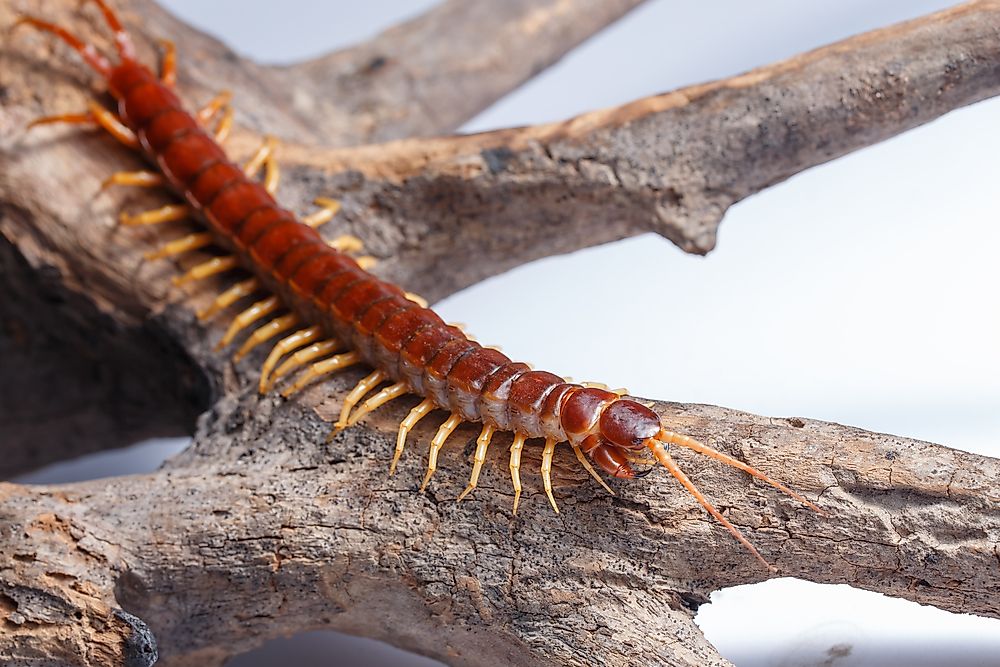
The giant centipede is the largest centipede in Australasia and Asia. It has a long and flat body measuring over 6.25 inches long. Its coloration ranges from greenish-brown to orange with black bands. The legs are haphazardly running in no particular direction. The centipede has modified forcipules or claws curved around the head. The claws are used to inject venom into the body of the prey. The venom is very toxic but not enough to quickly kill large mammals. Its bite can cause severe pain that can last for several days. Only one death has been reported from the Giant Centipede’s bite in history.
2. Burrowing Cockroach
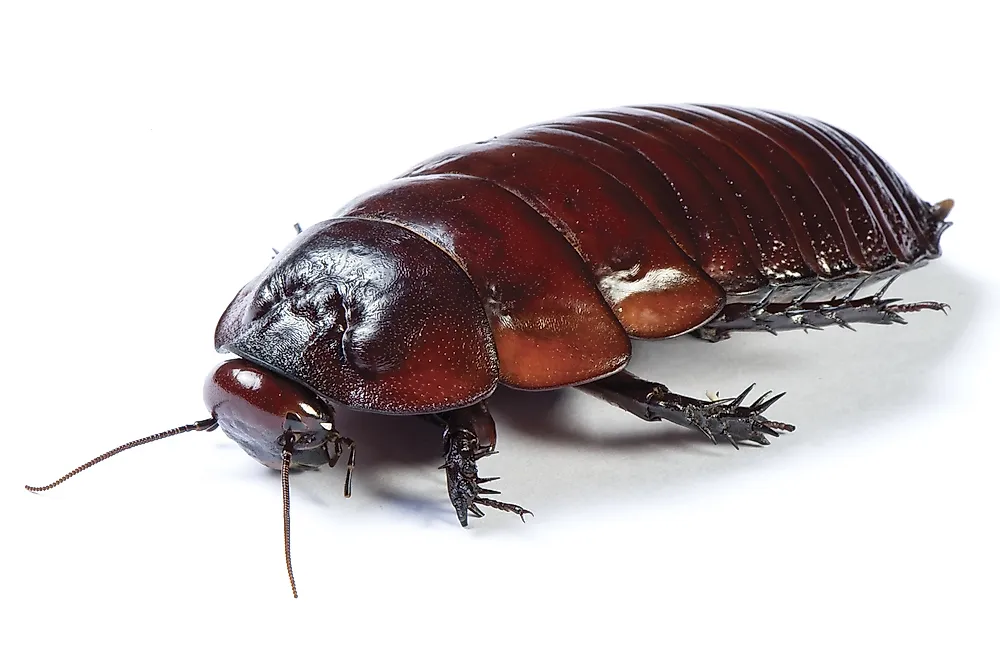
The burrowing cockroach is the largest cockroach in Australia and the heaviest in the world. The cockroach can weigh up to 35 grams and measure 7 centimeters in length. The burrowing cockroach does not have wings and is not considered a pest. It plays an important role ecosystem by consuming the dead leaves and recycling other waste matters. Burrowing Cockroach make a great class pet and can live up to ten years with proper care. It can burrow down the soil to a depth of about 3 feet where it makes its permanent home.
1. Blue ringed octopus
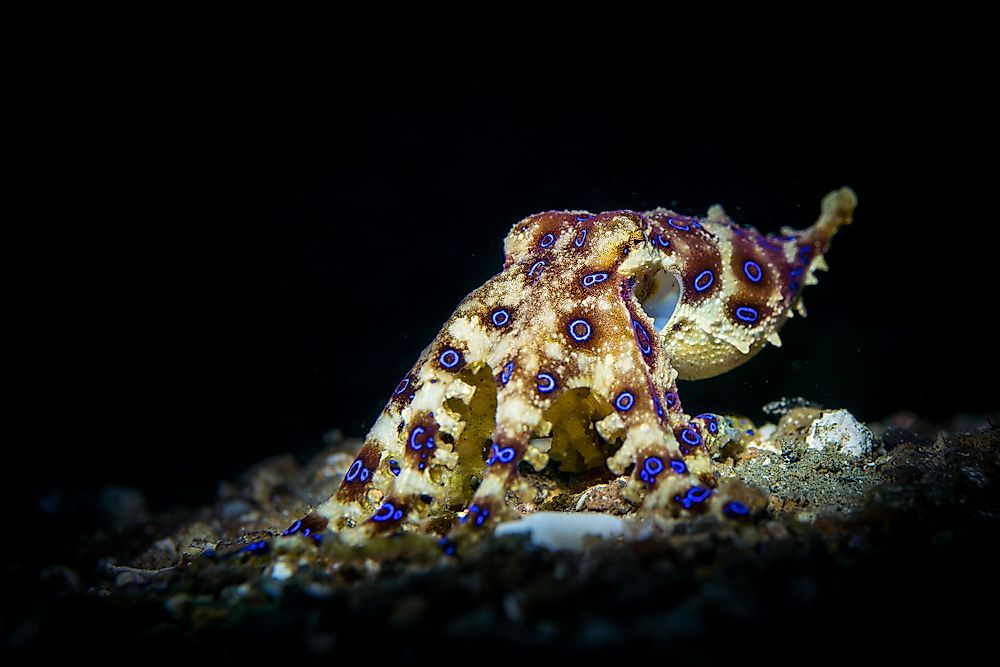
Blue ringed octopus is an octopus species living in the tide pools and coral reefs of Australia. They are one of the most venomous marine animals in the world despite their small sizes and docile nature. They are very dangerous to human beings if provoked as their venom contains a neurotoxin which is dangerous enough to kill humans. They are characterized by blue and black rings on a yellowish skin. When agitated, the brown patches turn dark dramatically and a clump of rings appear, pulsating within the maculae. They spend much of their time in hiding and can change shape easily to fit into small crevices.











